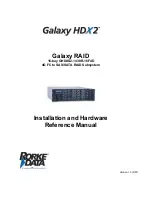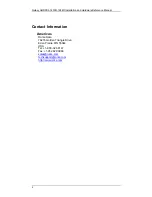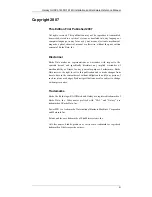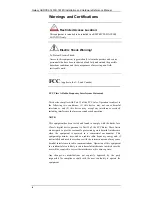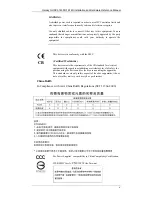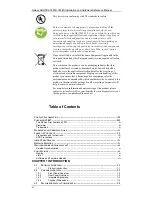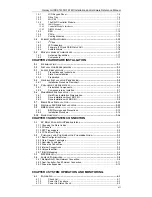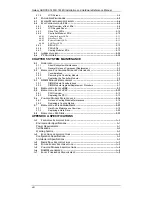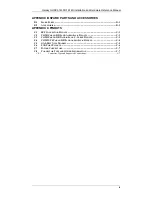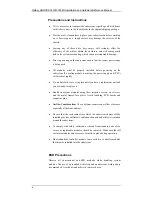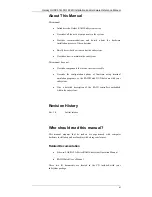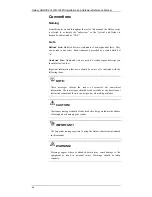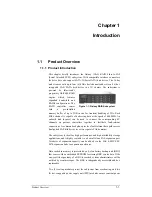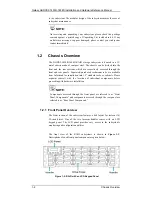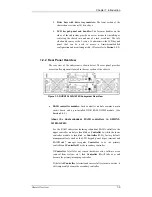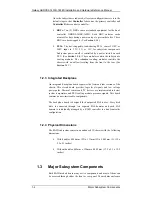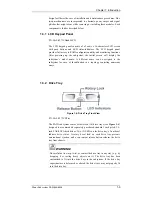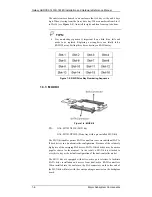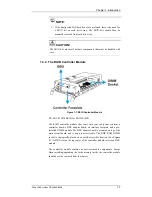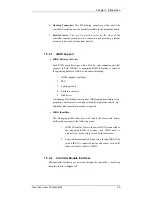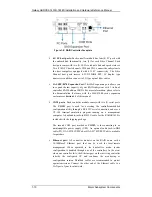
Galaxy GHDXS2-1430R-16F4D Installation and Hardware Reference Manual
x
Precautions and Instructions
•
If it is necessary to transport the subsystem, repackage all disk drives
with its drive trays in the foam blocks in the original shipping package.
•
Provide a soft, clean surface to place your subsystem on before working
on it. Servicing on a rough surface may damage the exterior of the
chassis.
•
Leaving any of these drive bays empty will seriously affect the
efficiency of the airflow within the enclosure, and will consequently
lead to the system overheating, which can cause irreparable damage.
•
Prior to powering on the subsystem, ensure that the correct power range
is being used.
•
All modules must be properly installed before powering on the
subsystem. If a cooling module is missing, the power supply unit (PSU)
will overheat rapidly.
•
If a module fails, leave it in place until you have a replacement unit and
you are ready to replace it.
•
Handle subsystem modules using their retention screws, eject levers,
and the metal frames/face plates. Avoid touching PCB boards and
connector pins.
•
Airflow Consideration:
The subsystem requires an airflow clearance,
especially at the front and rear.
•
Be sure that the rack cabinet into which the subsystem chassis will be
installed provides sufficient ventilation channels and airflow circulation
around the subsystem.
•
To comply with safety, emission, or thermal requirements, none of the
covers or replaceable modules should be removed. Make sure that all
enclosure modules and covers are securely in place during operation.
•
Dual redundant controller models come with two controller modules
that must be installed into the subsystem.
ESD Precautions
Observe all conventional anti-ESD methods while handling system
modules. The use of a grounded wrist strap and an anti-static work pad are
recommended. Avoid dust and debris in your work area.

